Home » 2021
How to Format a USB Drive From the Linux Shell
This article will show you how to format a USB stick or external USB hard drive from the Linux command line/shell for FAT, NTFS, and EXT file systems. Plug In the Drive The first step – plug in your USB stick or external hard drive and give it a few moments to be detected. Find the Drive Next, find the drive you just plugged in using the fdisk command to list (-l) the attached storage devices: sudo fdisk -l We’ll be using the sudo command frequently – many of … Read more

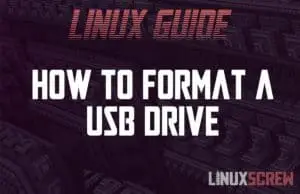
![Mount a USB Stick/Drive in Linux [HowTo, Tutorial] 2 Mount a USB Drive in Linux](https://cd.linuxscrew.com/wp-content/uploads/2021/06/mount-usb-drive-feature-300x194.jpg)
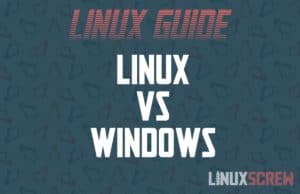
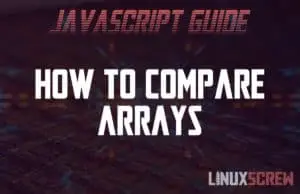
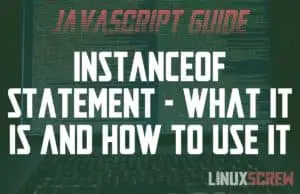


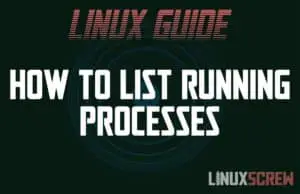
![tee Command in Linux - Split Shell Output [Examples] 9 Linux tee Command](https://cd.linuxscrew.com/wp-content/uploads/2021/06/linux-tee-feature-300x194.jpg)
